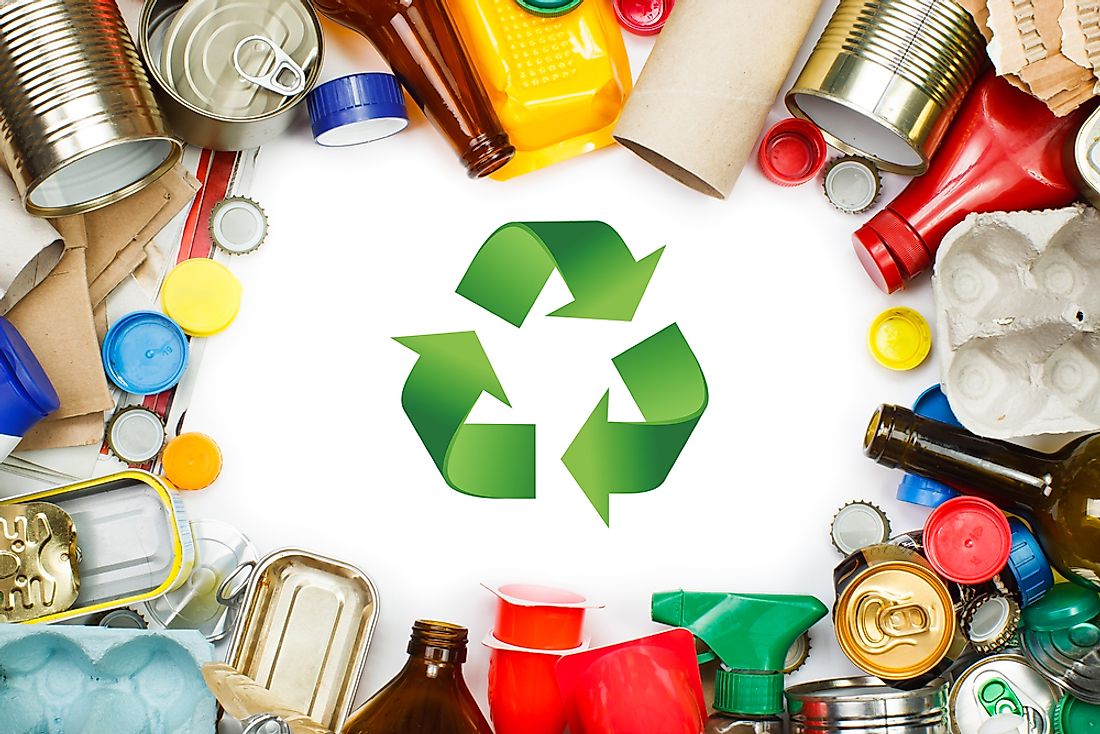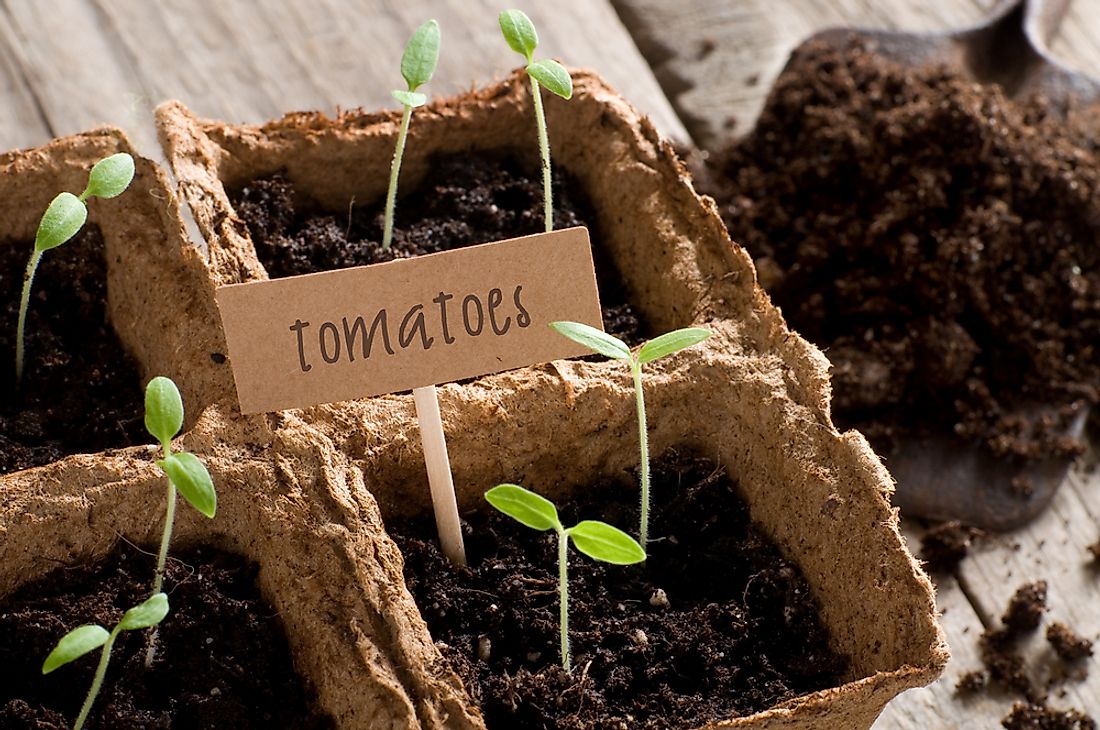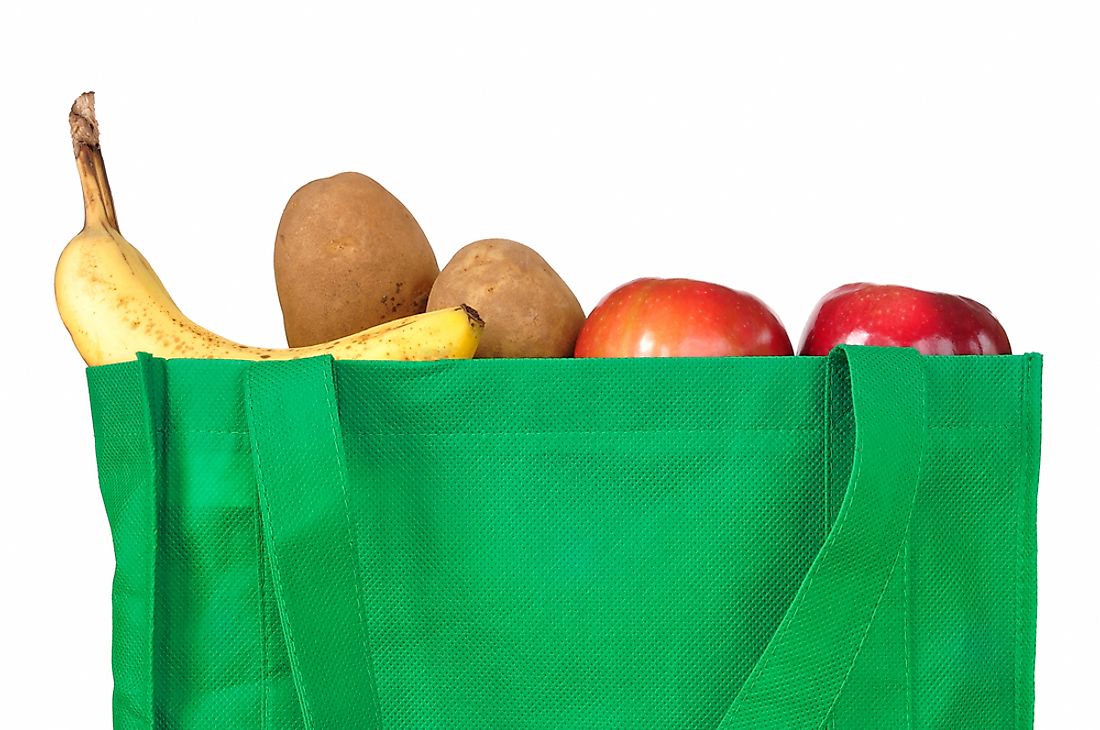15 Things Anyone Can Do to Help Save the Planet

Most people around the world are aware of the existence of global warming and the many activities which contribute to its existence. What they may be less aware of, however, is how large of a positive impact simple individual habits that start at home can be done to help the planet.
15. Take shorter showers.
Showers are one of the most water-wasteful activities that takes place in any household. According to the United States Environmental Protection agency, 2.5 gallons is pumped through the average shower head every minute it is used. That means that a 25-minute shower uses almost 65 gallons of water! Reducing the time spent in the shower is one of the easiest things an individual can do to help conserve water and in turn help the planet.
14. Ditch the flashy gift wrap and get creative.

Gift wraps are popular features of the holiday season and come in numerous colors. However, the majority of these gift wraps are made of foil paper composed of many metallic compounds. The influx of these papers during the holidays leads to gigantic amounts of wastes in following days, and a usual method of disposing of the waste is burning. Unfortunately, when it is burned, gift papers release many harmful pollutants into the air. Therefore a more environmentally-friendly alternative is encouraged including the use of fabric or recycled materials as a gift wrap.
13. Don’t use products with microbeads.
Microbeads are tiny plastic particles found in several personal care products such as toothpaste and cosmetic products. Recent studies have shown that these microbeads escape the filtration done in sewage treatment plants, therefore causing widespread water pollution in the oceans which harms aquatic ecosystems. Several countries have begun making legislations to impose bans on products with microbeads including the United States, Canada, and the United Kingdom. However, in countries where the legislation does not exist, consumers can make the informed decision to not buy products containing microbeads.
12. Grow your own food.

Urban farming is the practice where urban residents who typically purchase their food in markets instead utilize small urban spaces to grow their own food. While the practice has a significant economic benefit to the consumers, it also has several environmental benefits including a reduction in carbon dioxide emission from trucks which are used to transport food produce to the cities. You don't need a large space in order to start an urban garden - even those with a small balcony could grow a few plants!
11. Drive slowly.
The introduction of low-speed limits is seen as a safety precaution on motorists. However, studies have also shown that driving at low speeds leads to an overall reduction in fuel consumption which has a positive impact on the environment. Slow driving (also known as eco-driving) has also been linked to a reduction in traffic congestion which are major sources of greenhouse-gas emissions.
10. Use revolving doors.

One could be surprised that revolving doors have any implication in the environment. However, studies have shown that revolving doors have a cooling effect in buildings when compared to the traditional swing doors. With conventional swinging doors, cold air rushes out when opened while hot air gets in while revolving doors have a minimal effect on the air temperature, reducing the need for energy-hogging air conditioners.
9. Reduce, reuse, recycle.
Most of the waste dumped by many American households has the potential of being recycled and used for many other uses. Recycling of waste is extremely important as it reduces the amount of waste that is dumped into landfills. In turns, this also reduces the harmful greenhouse gasses that are emitted from such landfills. Recycling also has an economic benefit where households avoid purchasing new products, which has a profound positive impact on the amount of plastic that is consumed by the average household.
8. Go paperless with your bills.
The traditional way of receiving bills has always been through paper. Through this method, millions of trees have been cut to produce the paper which almost certainly ends up as solid waste in landfills and emit millions of tons of greenhouse gasses. However, a paperless electronic system of receiving bills has been taking shape in the United States in recent years where people receive their bills through the internet. These e-bills have alleviated the demand for trees and have also made it easier and faster for people to receive their bills.
7. Stop using plastic bags.

Plastic bags are easily produced and are found almost at every point of purchase from supermarkets to pharmacies. Plastic bags are also one of the biggest nuisance facing environmentalists, mainly because they do not go through the process of biodegradation and make up the majority of waste dumped in landfills. While some countries have imposed total ban on the use of plastic bags, those that have not are increasingly encouraging citizens to refrain from using the bags.
6. Turn down the heat and throw on a sweater.
North America is infamous for its long winters, where temperatures drop to minus-zero in some regions. Many homes in such areas have heaters in order to raise temperatures. However, these heaters consume massive amounts of energy to function, and if the energy source is electricity or from fossil fuels then the heaters indirectly cause environmental degradation. So instead of using the energy-consuming heater, one could simply throw on a warm sweater.
5. Adopt a pet.

Some environmentalists have claimed that pets, especially dogs and cats have a large carbon footprint due to the consumerism of their owners as well as their diet demands. However, adoption of a pet makes one get a connection with nature and hence appreciate the natural world. Spaying or neutering a pet helps control the animal populations within a region.
4. Eat less meat.
Meat is a staple in many American households. However, studies have shown that the raising of livestock used in meat production accounts for unsustainable land use with 56 million acres being used to grow animal feeds in the US alone. Animal agriculture has also been linked to greenhouse gas emission with some studies place it as being responsible for 51% of all emissions. Consuming less meat creates a reduction in the demand and hence reduces the environmental impacts of meat farming.
3. Buy less (or even better, buy secondhand).
Some products use astronomical amounts of energy and time to produce, such as leather products. Through purchasing these products from second-hand sources, the demand for such products reduce which in turn reduces the demand for the raw materials needed in their manufacture. Buying fewer items or buying second-hand items also reduces waste that would otherwise end up in landfills. Online retailers such as eBay have begun what they call “green hubs” where buyers can get second-hand items whose purchase has positive impacts on the environment.
2. Compost!
Farmers are beginning to move away from use of fertilizers in farming to embrace the composting of organic waste. Composting is a way of utilizing waste as fertilizers in agriculture that will not harm living microorganisms in the soil. Through composting, the soil’s nutrients are replenished through a natural process instead of lacing the soil with the harmful toxins found in fertilizers.
1. Ditch the car and walk (or ride your bike).

It is widely known that vehicles are a major cause of air pollution, but the figures backing this fact are mind boggling. It is estimated that in one year, an average car releases about four tons of carbon dioxide (a greenhouse gas) into the atmosphere. Cars have been attributed to about 30% of all greenhouse gas emissions in the country of Canada alone. In some cities such as Copenhagen, cars are shunned for bicycles which helps make the area a healthier environment for its citizens.







